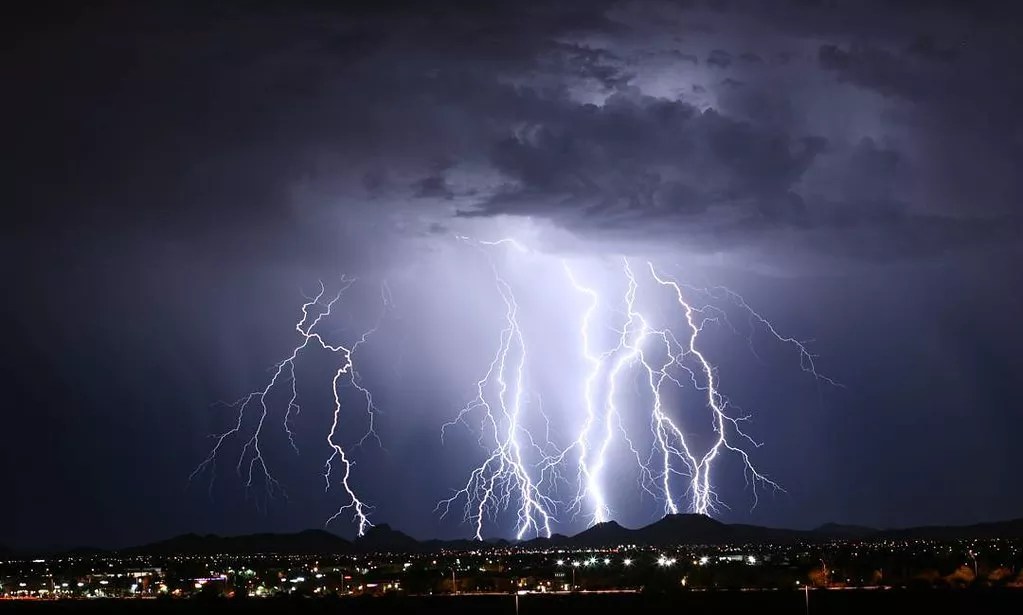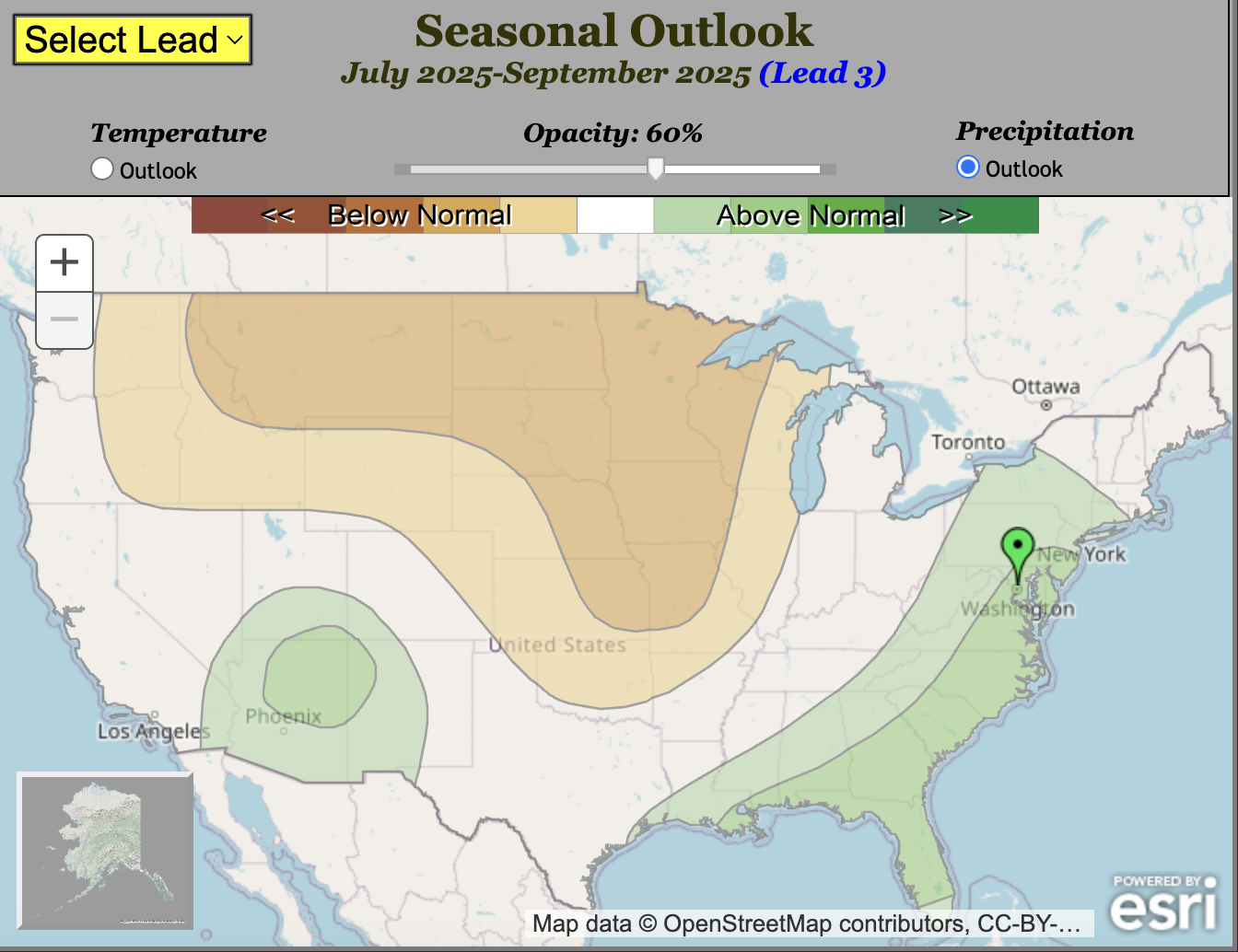
Abbee Day/Flickr/CC BY-NC-ND 2.0

Audio By Carbonatix
With summer just around the corner, it’s time to brace for the scorching heat season in Phoenix. But that’s not all to expect – it looks like the Valley might be in for a good monsoon season this year.
“The odds are tilted toward this summer being warmer and wetter than normal in the Phoenix metropolitan area,” Mark O’Malley, a meteorologist with the National Weather Service, told Phoenix New Times in a phone interview.
Monsoon season, by definition, is a reversal of weather patterns. In the winter, jet streams carry rain west to east from the Pacific Ocean into Arizona. But during the summer the storms come from the south and west, typically establishing a high-pressure area over the Four Corners region that brings lots of rainfall.
Phoenix’s monsoon season runs from June 15 to September 30, according to the NWS, and O’Malley said Phoenix’s baseline is 2.7 inches of precipitation. The current NWS forecast for July to September shows that Phoenix has a 40% chance of a wetter-than-normal summer and a 27% chance of summer being drier than usual.
“The odds this year are a lot better than what we’ve seen in the past couple years,” O’Malley said of increased precipitation.

National Oceanic and Atmospheric Administration — National Weather Service
That will likely benefit Arizona and potentially breathe some life into the Sonoran Desert, which is the most biologically diverse desert in the United States. For that, Arizona can thank a recent “blocking pattern,” O’Malley said. A blocking pattern means weather isn’t moving as fast across land and becomes stagnant.
“That’s been fairly frequent in the past couple months and that will probably continue in some form over the summer,” O’Malley said.
Arizona is at the center of a Southwestern area of the United States that the NWS predicts will experience more rainfall than normal this summer. The Eastern Coast and southern states like Alabama, Louisiana, and Mississippi are also set to experience wetter-than-normal summers. But much of the United States, like the Midwest and Great Plains states, are likely to have drier-than-usual summers.
Wetter doesn’t mean cooler, though. There’s a 46% chance that the summer in Phoenix will be warmer than normal. Considering the last two summers both saw record-setting temperatures, that’s no surprise. Yet, NWS meteorologist Ryan Worley told New Times last month that this summer might not smash records again.
“Statistically speaking, it doesn’t seem like we’re going to be looking at temperatures exceeding or reaching those levels for a third time,” Worley said. “Is it completely out of the question? Absolutely not.”